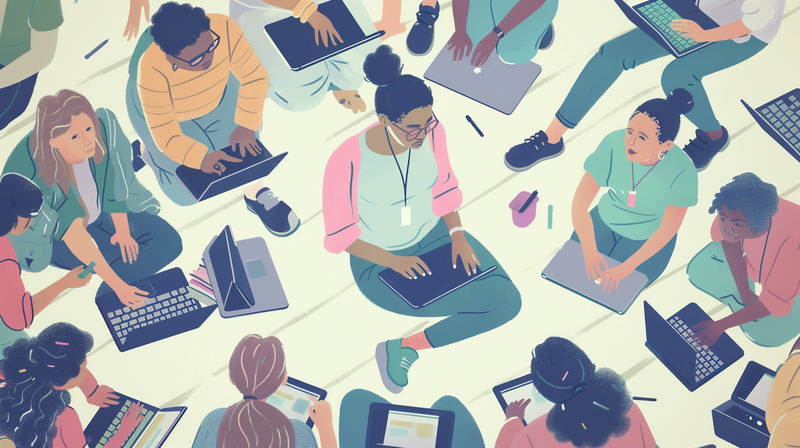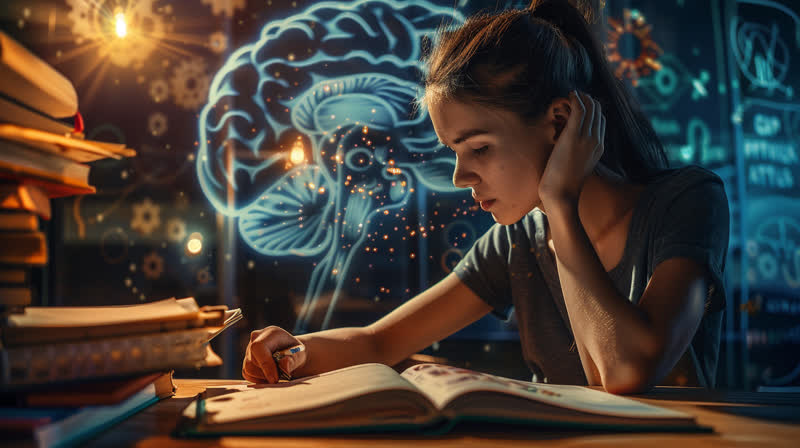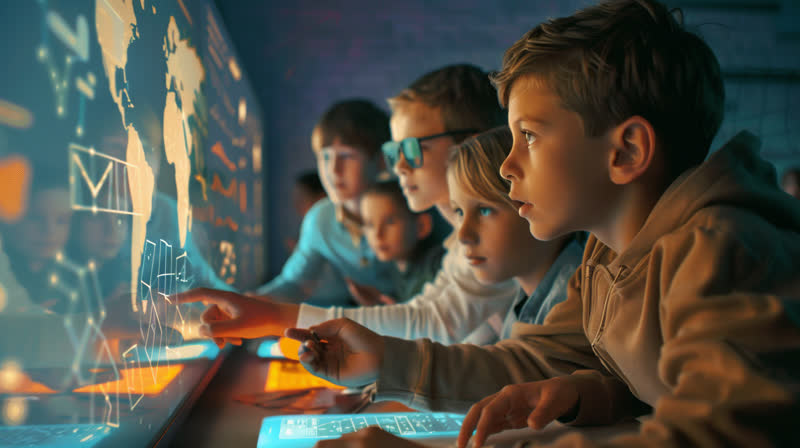As we embark on a new year, the educational landscape continues to evolve. From inclusive education to the integration of artificial intelligence, 2024 promises to bring about significant changes in the way we learn and teach. Here are the top educational trends to watch out for in 2024.
Inclusive Education
Inclusive education remains a vital trend in 2024, focusing on tailored support for every student. This approach ensures a diverse and enriching learning environment where students of different abilities collaborate on projects and activities. Teachers incorporate flexible grouping strategies, allowing students to work together and foster mutual support among peers.
Equity in Education
Addressing systemic challenges, the quest for equity in education persists in 2024. This trend ensures that every student, regardless of background, has access to essential resources for their educational journey. Teachers employ assistive audio systems and other tools to level the playing field, promoting an equitable learning experience.
Hybrid Education
Hybrid education seamlessly blends online and offline learning, offering flexibility and preparing students for the dynamic future of work. Teachers utilize online platforms to create personalized activities, allowing students to access learning materials seamlessly in any environment.
STEAM Education
The interdisciplinary approach of integrating Science, Technology, Engineering, Art, and Mathematics remains pivotal in 2024. STEAM education cultivates creativity and innovation for future STEM leaders by engaging students in hands-on learning experiences and real-life product design.
Social-Emotional Learning (SEL)
Recognized in 2023, Social-Emotional Learning expands its role in 2024, contributing to improved mental well-being and academic success. Teachers focus on developing students' self-awareness, relationship skills, and responsible decision-making, ensuring a positive impact on students' lives.
Artificial Intelligence in Education
Artificial intelligence is making a significant impact in education, from personalized learning to AI-generated digital tutors. AI tools are being used to improve student outcomes, increase content, and enhance individualized learning experiences.
Microlearning and Lifelong Learning
Microlearning and lifelong learning are becoming increasingly important, allowing individuals to acquire specific skills without investing in full-length courses. This trend acknowledges that education is a continuous process, and micro-credentials are gaining traction.
Virtual and Augmented Reality in Classrooms
Immersive learning through virtual and augmented reality is gaining traction, making lessons more engaging and memorable. These tools can transport students to different environments, enhancing their learning experience.
Decentralized Education Platforms
Decentralized platforms are offering students more control over their educational records, credentials, and achievements. This trend is expected to make transfers between institutions or countries smoother.
Global Collaborative Learning
Education is becoming more interconnected and collaborative, allowing students worldwide to engage in joint projects, cultural exchanges, and collaborative problem-solving. Technology is facilitating communication and fostering a global perspective among learners.
Conclusion
The educational trends of 2024 are poised to bring about significant changes in the way we learn and teach. By embracing these trends, we can create classrooms that foster inclusivity, equity, and innovation, ultimately benefiting students and preparing them for the challenges and opportunities of the future.







